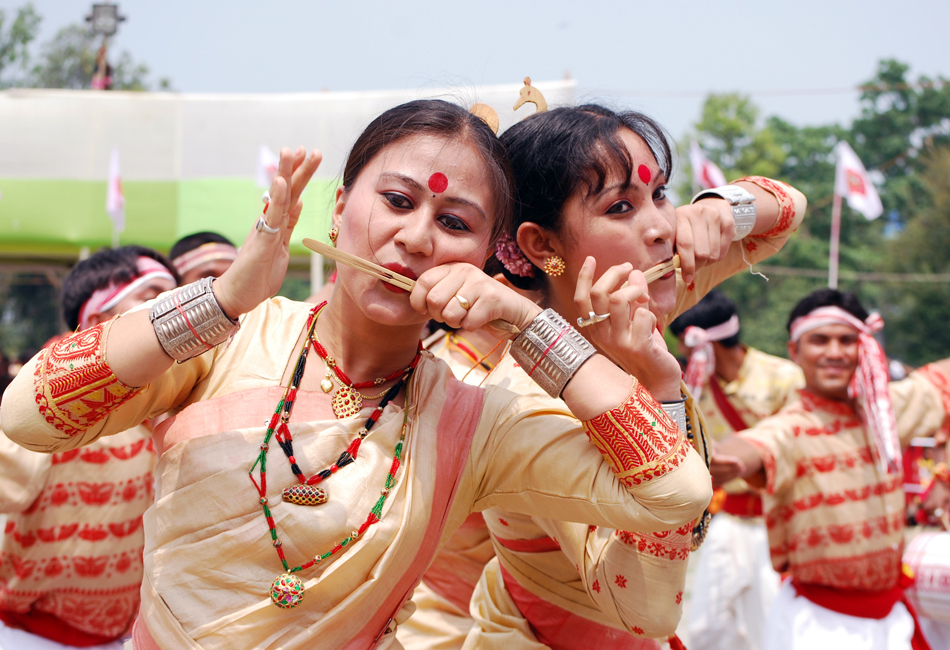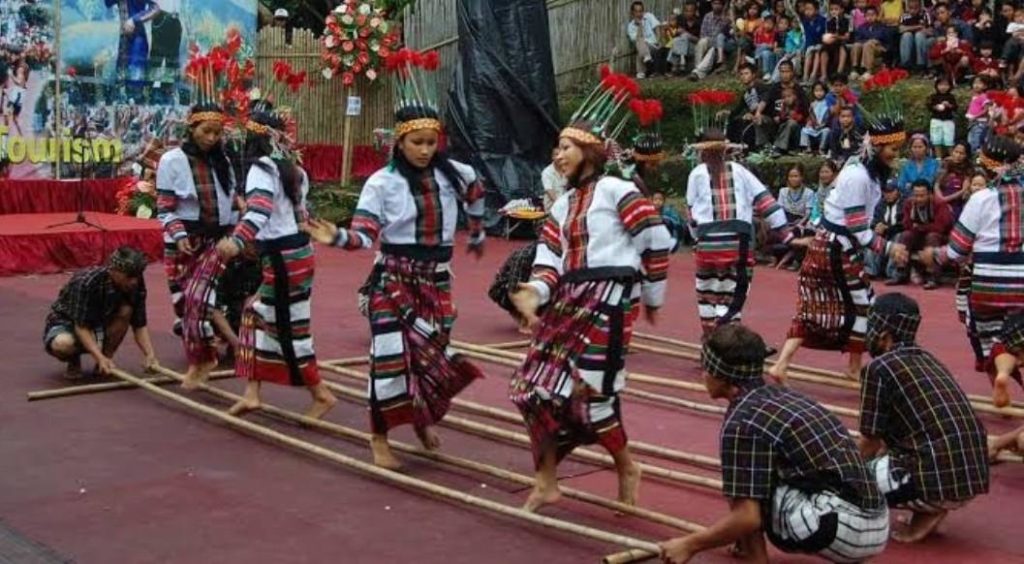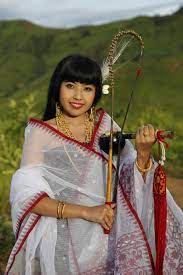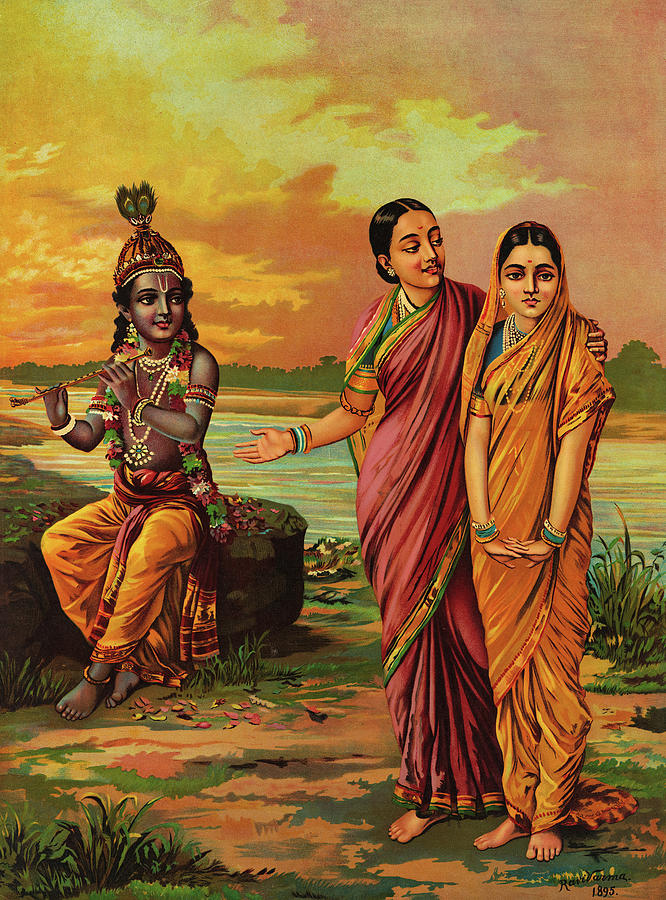The Importance of Bamboo in Indian Folk Music- Bamboo shoots have been served as food in the North-Eastern states since time immemorial, and thicker specimens of bamboo are used to make a variety of wind instruments. Also used in construction and handicrafts, bamboo is of major symbolic value in a few states in this region.
The hollowness and sturdiness of the tube-like bamboo are advantageous for crafting wind instruments. However, there can be exceptions like Manipuri chordophone pena. The major body of this stringed instrument is made out of bamboo while a wooden fingerboard graces the top.
Bamboo pegs are attached to the fingerboard to control the tension of the string much like a guitar. A bow referred to as the Pena Cheijing is used to play the instrument which was once a royal device but is now used in usual rituals and festivals such as the Lai Haroba.

Song and dance are united with bamboo in Mizoram, largely due to the Cheraw dance. Regarded as one of the state’s old dances, it is performed at several local festivals. The male performers sit on their haunches and clap bamboos in a rhythmic fashion while the female dancers hop and dance between the beating bamboos.
When it comes to Assam, the gogona is a noteworthy bamboo product. It is what musicologists would call a jaw harp. There is a solid end to this instrument on one side and several free ends on the other. To play the gogona, you need to grip the solid end with your teeth and then strike the free ends to play notes.
Some sources suggest that the gogona was developed in China and was passed on to Assam by Sino-Indian tribes. A type of gogona known as the Lahori gogona also doubles as an adornment as it is tucked into a hair knot by women while performing the traditional Bihu dance.

Bamboo whistles from Tripura, bamboo trumpets from Nagaland, there are numerous examples of bamboo being used in music. Delving away from the North-East, one can find that many flutes played in the Hindustani classical music traditions (North Indian) are made of bamboo.
Popularly called the bansuri, it is one of India’s most popular woodwind instruments. Anywhere between 12 and 30 inches in height, the bansuri is made from a single hollow shaft of bamboo with six or seven holes. Pandit Hariprasad Chaurasia was arguably the greatest Indian exponent of this specific kind of flute, taking it to new heights in international performances.

Of course, India’s original flutist has to be Krishna, the dark-skinned incarnation of the god Vishnu in Hindu mythology. Often depicted with a bamboo flute, his flute-playing had some mystic connotations. Folklore and mythology say that when Krishna played his flute, the rivers stopped flowing and the birds came down to listen, with the music even hypnotising them.

In this way, bamboo is much more than just the tallest grass in the world. It is integral to local folk music cultures, mythology, and it can even be adapted into modern instruments. For instance, Kerala-based bamboo craftsman Unnikrishna Pakkanar even used to design bamboo guitars, drums, and xylophones.







